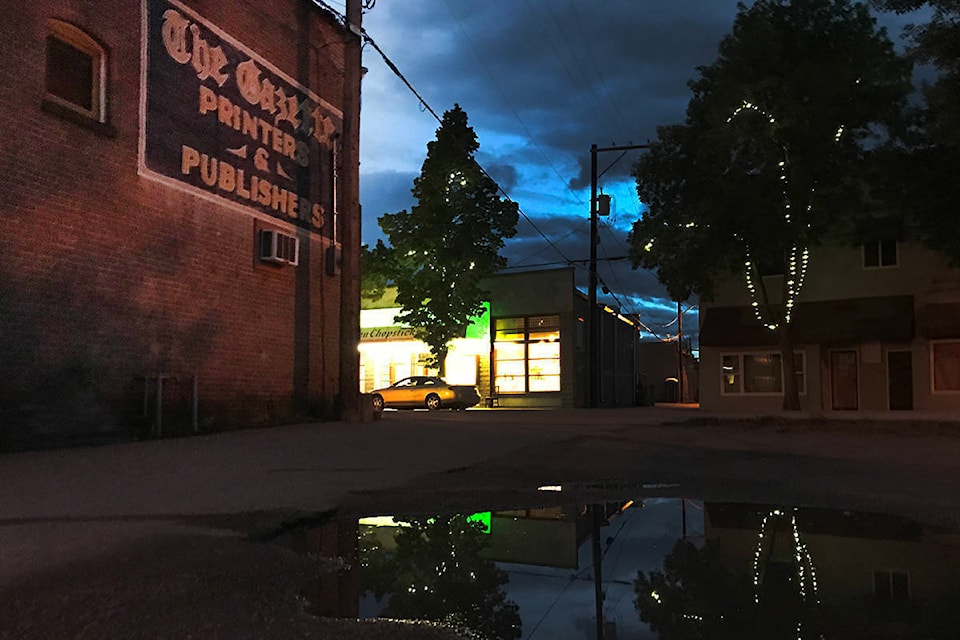Canada is not the U.S. and Grand Forks is not Kelowna or North Vancouver.
“Well, duh, Jensen,” you rightly scoff. “We’ve our own, particular appeal here in the Boundary. Ottawa and Victoria are far removed from our goings on. We know ourselves best.”
Rural regions in Canada, such as the Boundary, have historically illustrated how cloned programs or elsewhere successful initiatives drawn from urban centres can fail to take root in places where the tallest building is a church or the town hall. Something like a Wal-Mart likely couldn’t be sustained here. A higher-level sports team couldn’t draw the crowds it needed. We just don’t have the volume.
The fact that we don’t have those massive, stagnant hordes is what may have been our blessing in the early days of COVID-19. No one here has had to line up for blocks outside the local grocery stores, waiting to stock up on a lifetime supply of toilet paper that people once feared would evaporate from store shelves, (remember that craze?) But it also serves as the basis for why I’m a bit skeptical about shutting down Market Avenue to cars for three months. My knee-jerk reaction says that it could be a copy-paste from what other cities are doing, which would be ill-conceived.
Because the two blocks of Market Avenue that are scheduled to be shut to traffic from June 29 to Sept. 30 are not the kilometre or so of Granville Street in Vancouver which gets shut down for big, days-long events like the Women’s FIFA World Cup or the Olympics. Heck, it’s not even the Baker Street of Nelson, which traditionally closes to traffic on Wednesdays to make way for a farmers’ market.
I fully understand the desire to create community spaces for shows, events and special initiatives. I’d love to have another Party in the Street this July if Dr. Bonnie Henry would allow it. (She wisely wouldn’t.) But on a Tuesday morning? On and between every Tuesday morning until fall? It’s ambitious, to say the least.
In its presentation to council, the Chamber said that the idea is meant to promote physical distancing (pedestrians would use the road as the main walkway) while allowing businesses to expand their patios or displays over the sidewalks and into the parking spaces. Kelowna is closing a couple blocks of Bernard Avenue – near the beach and lined with eateries and cafés – to encourage business and physical distancing. I can almost picture it, and it sounds idyllic. A band playing outside The Source, family clusters stopping for coffee, ice cream and a new pair of shorts. If only.
Coun. Chris Moslin articulated my thinking before voting against the idea on June 15. There aren’t a whole whack of people on Market right now, he said, so social distancing is fairly easy on the sidewalks already. Why give few people more space?
I like to think that Moslin’s thinking will be interpreted as more of a challenge than a simple observation. Chamber president Jeff Fero said it too: it’s up to the businesses to make this work. More than that, it’s up to the community too. Cars or no cars, businesses don’t thrive without patrons. With travel abroad out of the question this year, it is the prime time to see what sort of internal sustainability Grand Forks can offer its own economy.
The loose plan, as presented to council last month, may well have to adapt to aspects under-considered as yet, and I believe that the business community would be eager to accept reasonable suggestions – after all, the plan comes from a will to see more people in stores and eateries. If a car-free street is the way to go, then great, but we have to know that it’s only going to succeed with a community effort.
